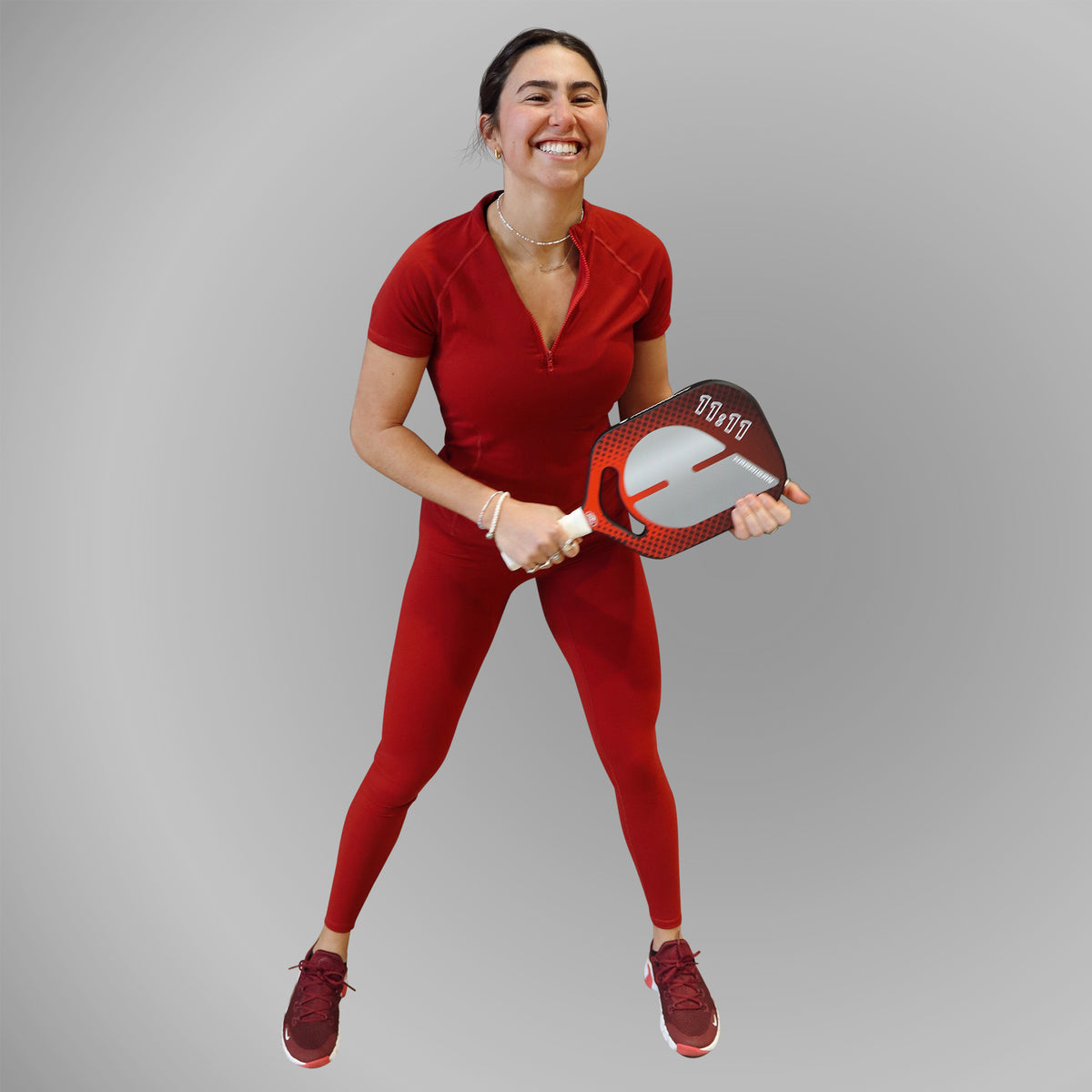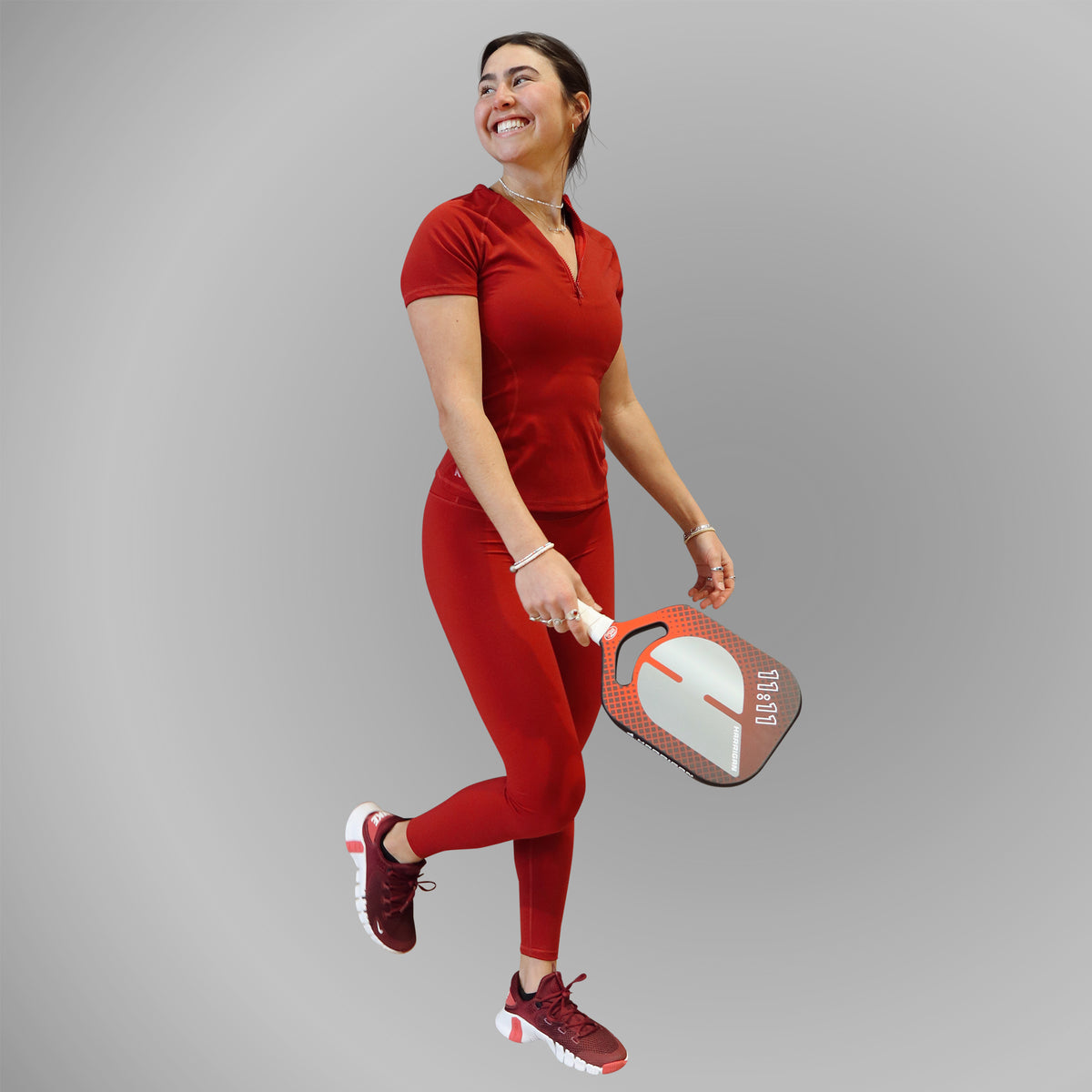
Outdoor Pickleball Balls
Outdoor pickleballs are specifically designed to withstand the challenges posed by outdoor playing conditions, making them the right choice for players who prefer outdoor courts. This durability and design ensure a longer lifespan despite rough surfaces like concrete or asphalt and varying weather conditions. Using outdoor pickleballs not only enhances the playing experience by providing the appropriate bounce and performance characteristics for outdoor surfaces but also ensures players can enjoy a high-quality game in the great outdoors.

40 Hole Yellow Pickleballs
The 40-hole design of pickleball balls is crucial for achieving a balance between control, flight stability, and durability. These strategically placed holes reduce air resistance and allow the ball to fly through the air with a predictable trajectory, essential for the accuracy and consistency needed in pickleball. The number and arrangement of holes are optimized to perform well under various playing conditions, whether indoor or outdoor. Additionally, the specific pattern and number of holes help in maintaining the ball's structural integrity over time, contributing to its durability.





Indoor vs Outdoor Pickleball Balls
Indoor and outdoor pickleball balls are tailored to their respective environments, featuring key differences to adapt to varying playing conditions. Indoor balls are typically softer and made from a smoother plastic, designed with larger holes. This construction allows them to have a lighter feel and less bounce, which is ideal for the indoor game where wind is not a factor, and surfaces are generally smoother. In contrast, outdoor balls are made from a harder plastic and have smaller, more closely spaced holes. This design makes them more durable to withstand the rougher surfaces found outdoors, like concrete or asphalt, and helps them retain a consistent flight path in the unpredictable outdoor elements like wind. The difference in material and hole configuration between the two types ensures that players have the best possible experience according to the specific challenges and dynamics of indoor versus outdoor play.

